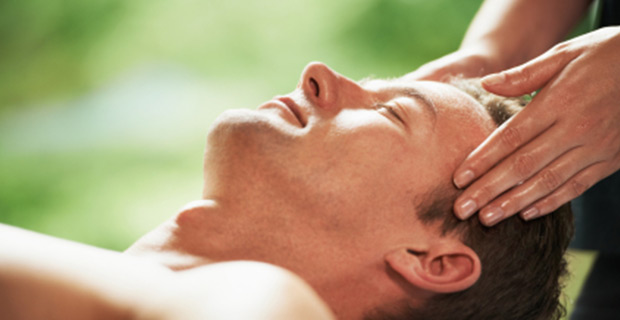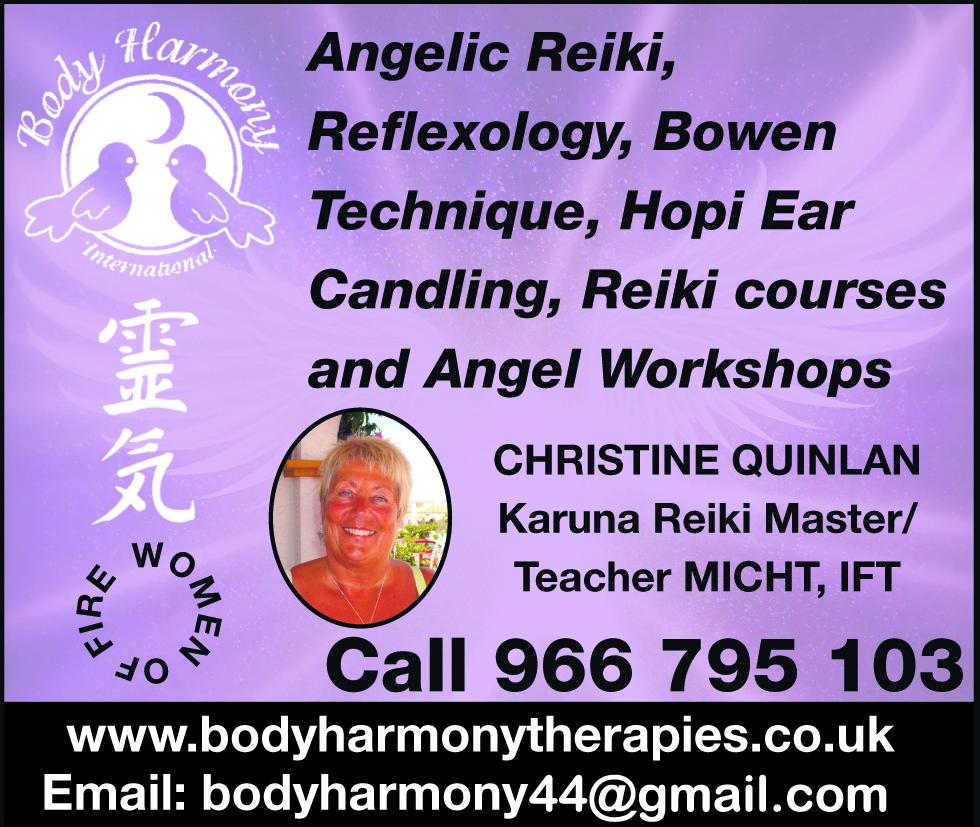An ancient art in a modern world. Indian head massage has a long and colourful history. It is based on a traditional system of medicine known as Ayurveda, which has been practised in India for over three thousand years and is becoming increasingly popular in the West. The word “Ayurveda” comes from the Sanskrit, the ancient language of India, and means “science of life” or “Knowledge of life”.
Ayurveda is a complete healing system, possibly the oldest in the world, which teaches a truly holistic approach, concentrating on achieving a balance of mind, body and spirit to promote physical, emotional and spiritual health and well-being. The word “massage” derives from the Arabic “mass” meaning to press softly. As an art, massage must be as old as man himself – to rub an injured part is an instinctive reaction to pain.
The importance of massage featured regularly in the earliest Ayurvedic texts, dating back almost 4000 years. Massage has always played an important part in Indian family life, praised for its therapeutic benefits and believed to maintain good health and longevity.
The Value of massage
Massage has long been an integral part of everyday life in India. According to Ayurvedic custom, a weekly massage is recommended for men and women to maintain the balance of vital energies and promote soft skin and strong, shiny hair. Before a wedding, the bride and groom are massaged with special oils to promote health, beauty and fertility.
Women are massaged to help them cope with the physical and emotional strain of labour and , for forty days after the birth, new mothers and their babies receive a daily recuperative massage. New born babies receive a daily massage up to the age of three, after which time they are massaged once a week. Medical advice and attention is scarce in India and infant mortality rates are high. Mothers massage their children in the hope that it will improve their general level of health as well as their chances of survival.
For Indian mothers, massage is regarded as an essential skill and an important means of communicating and bonding with their children, helping to create a secure and caring family atmosphere within the home. From the age of three or four, children receive from their mothers a daily or weekly head massage, given with a selection of pungent oils, in the belief that this will help prevent scalp disorders, make their hair grow strong and also boost brain power.
Massage is also a social activity. Indeed, from about six years old, children are taught to share massage with other family members – brothers, sisters, parents and grandparents. It is a custom that still holds fast, despite the fact that many youngsters, especially boys, rebel against being made to go out and play while they have oil on their heads. Many adults remark that it is only when they grow up and realise the benefits of regular head massage that they appreciate their mother’s concern.
In the West, we tend to view the scalp as independent from the rest of the body, and treat it in a different way. In India, however, the scalp is regarded as an extension of the body skin and lavished with the same care and attention. Most Indian woman continue to massage their heads with nourishing oils and are rewarded with the long vibrant glossy hair that is so admired in Indian society.
Mothers share suggestions for hair care and beauty routines with their daughters who , in turn, hand them down to their own offspring. Oils were , and still are used for specific beautifying purposes;- sesame oil is said to help prevent the hair from greying and to restore hair to its natural colour- almond oil encourages the hair to shine, whilst coconut oil is used for its wonderful aroma and its moisturising properties.
Head massage has not remained an entirely female practice. Over the years, it has become incorporated into treatments offered to men by barbers and masseurs. It is believed the royalty and other eminent people used to employ personal head masseurs.
There are even stories the these masseurs sometimes acted as spies who were able to draw out secrets while their clients were in a soporific state that can be induced by massage. Today, head massage is still included in any treatment provided by a barber, even a wet shave, and many men claim that it helps prevent early balding and greying- although this has not yet been scientifically proven
A Western Dimension
The concept of Indian Head Massage as a complimentary therapy was first introduced into the UK by Dr, Narendra Mehta, who arrived from India in the early 1970’s to train as a physiotherapist. Like many Indian people away from their home country, he began to miss the benefits of a regular head massage and so decided it was time to develop it in the West.
He returned to India to study different family and regional techniques and extended his particular style of scalp massage to include the neck, shoulders, upper back, upper arms and face. Balancing the flow of the body’s subtle life energy is an important part of Ayurveda and many other Eastern medical philosophies. Dr. Mehta’s form of Indian Head Massage, which he calls “Champissage”, also involves balancing the flow of energy by working on the body’s energy centres- or chakras- a feature often included by trained therapists.
Indian head massage has become so popular that it is now widely taught at colleges in many parts of the world. It is enjoyed by people of all ages and walks of life and practised in a number of different settings, including private homes, natural health centres and hair and beauty salons. The massage has also been adapted so that it can be performed without oil, therefore clients do not need to disrobe and so the working day is not interrupted for long.
As such, is has become firmly established as the ultimate antidote to the demands of modern life and is taken into offices, schools, hospices, and even airports to help reduce tension, ease anxiety, increase clarity of thought and promote positive health and well-being.
Benefits of Indian Head Massage
An increasing number of people feel disillusioned with the often impersonal approach of conventional medicine. Many of us now yearn for an approach to healthcare which is sensitive and caring and not necessarily based on drugs and technology.
Physical contact affects us both psychologically and physiologically and, for these reasons, can work very well in conjunction with orthodox medicine or indeed any other complimentary therapy. The therapeutic effects of Indian head massage last long after the treatment is over. The short- and long -term benefits are individual, varied and cumulative and include the following:
-
Relief from pain and stiffness in the muscles of the face, scalp, neck, upper back and shoulders.
-
Increased mobility of the joints in the neck and shoulder area.
-
Relief from headaches, eye strain, nasal congestion, jaw-ache and hangovers.
-
Increased energy levels.
-
Alleviation of stress, anxiety, lethargy and mild depression,
-
Greater creativity, clarity of thought and concentration.
-
A sense of tranquillity, calmness and positive well-being.
-
More restful, refreshing sleep.
-
Deeper, calmer breathing.
-
Strengthened immune system.
-
Improved skin condition and colour.
-
Strong, healthy shiny hair.
-
Increased self-esteem and self-worth.
-
Greater self-awareness, which often brings the additional benefit of a change to a healthier lifestyle






